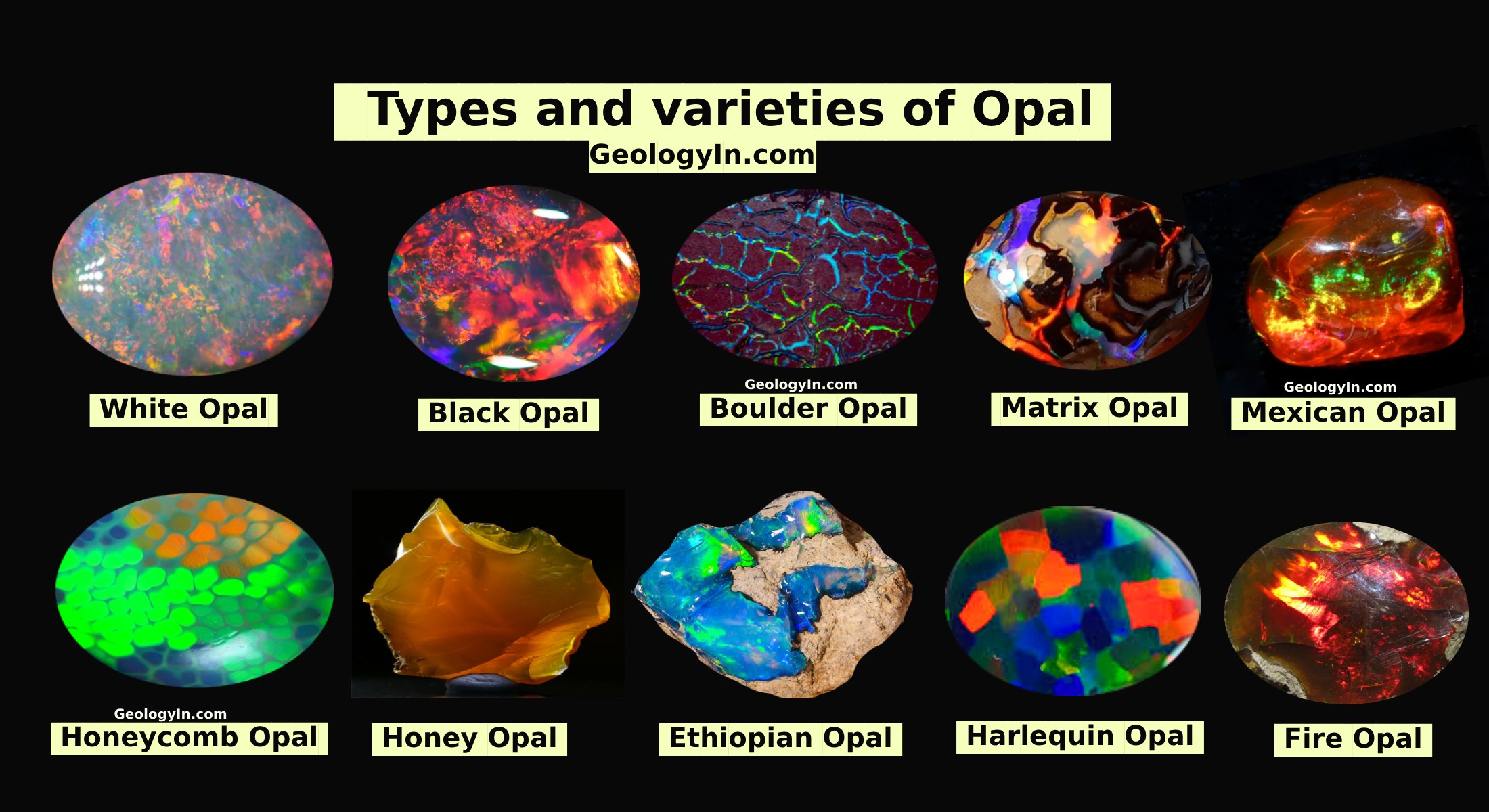Earth's Inner Core is Changing Shape and Rotation
For decades, the Earth's inner core was thought to be a static, solid sphere of iron and nickel, unaltered by time. However, new research shatters this notion, revealing that the outer layer of this core is dynamically changing.
A recent study shows signs of structural deformation at the interface with the liquid outer core, suggesting that the inner core is not just slowing down its rotation but also morphing in shape. These revelations challenge existing geological models and provide new understanding on how the inner core affects Earth's rotation, magnetic field, and daily timekeeping.
Published in Nature Geoscience, the study was led by John Vidale, Dean’s Professor of Earth Sciences at the University of Southern California. While investigating the inner core’s rotation and its gradual deceleration, Vidale and his team uncovered unexpected evidence of dynamic activity within the inner core’s surface. This discovery suggests that rather than being a static, unyielding mass, the inner core may be far more dynamic than previously thought. Such revelations could reshape our understanding of Earth’s deepest layers and their broader implications for planetary processes.
The Unexpected Discovery
The study initially aimed to examine the inner core’s rotation and its gradual slowing over time. However, while analyzing seismic wave data from 121 repeating earthquakes near Antarctica’s South Sandwich Islands—recorded between 1991 and 2024—Vidale and his team uncovered something unexpected.
Seismic waves detected at monitoring stations in Fairbanks, Alaska, and Yellowknife, Canada, revealed anomalies inconsistent with the behavior of a solid inner core. These findings pointed to a dynamic process occurring at the core’s surface. “At first, the dataset confounded me,” Vidale admitted. “It wasn’t until we refined our resolution techniques that we realized we were seeing evidence of additional physical activity within the inner core.”
A Deforming Core
The study suggests that the inner core’s surface is undergoing viscous deformation—a process where solid material slowly changes shape over time. This deformation is likely caused by interactions with the surrounding molten outer core, which is known for its turbulent motion.
“The outer core’s turbulence has never been observed to disrupt the inner core on a human timescale—until now,” said Vidale. This discovery implies that the outer core’s fluid dynamics actively influence the inner core’s structure, challenging the traditional view of a static, solid sphere.
Implications for Earth's Dynamics
These findings open new avenues for understanding Earth's thermal and magnetic systems. The inner core plays a crucial role in generating the planet’s magnetic field, which shields Earth from harmful solar radiation. Understanding the interactions between the inner and outer cores could help scientists predict changes in the magnetic field and their potential impacts on life on Earth.
“This study is just the beginning,” Vidale noted. “There’s still much to learn about how the inner and outer cores interact and what these interactions mean for our planet’s evolution.”
A New Chapter in Earth's Inner Workings
For years, textbooks depicted Earth’s inner core as a static, solid mass. This new study paints a different picture—one where the boundary between the inner and outer cores is far more active than previously thought. The research highlights the dynamic nature of the planet’s deepest layers and raises new questions about their role in Earth’s geological and magnetic history.
What’s Next?
As this groundbreaking research provides answers, it also sparks new questions. What is the extent of these structural changes within the Earth's inner core? Can similar shifts be detected elsewhere? And what implications do these findings hold for our planet's future?
The discovery marks a significant turning point in our understanding of the Earth's interior, revealing the inner core to be far more complex and dynamic than previously thought. As scientists continue to explore the mysteries of our planet's depths, it becomes increasingly clear that there is still much to uncover. This study not only reshapes our understanding of the Earth's internal workings but also underscores the importance of continued exploration into the forces that shape our planet.


%20(1).webp)






